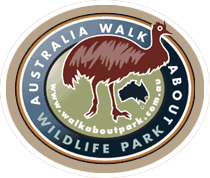Rufous Bettong
Another common name for this critter is the Rufous Rat Kangaroo.
Rufous Bettongs ~ Aepyprymnus rufescens
Since European settlement this bettong’s numbers have been reduced due to habitat destruction. However, they are still common. They inhabit coastal forests, wet sclerophyll and dry woodland. However, their habitat always includes a grassy understorey and Bettongs range from northern Queensland down the east coast of New South Wales. They are also found in some parts of the New South Wales and Victorian border.
Rufous Bettongs bound on their hind legs when moving quickly, like kangaroos and wallabies. A cone-shaped nest of vegetation is built, with one entrance. Nests are abandoned and rebuilt by neighbouring bettongs throughout the year. Bettongs are nocturnal and spend most of the night browsing on grasses. They also dig up and eat roots and tubers.
The Rufous Bettong was once thought to be a solitary animal. However, it is not unusual to find them in a trio group with one male and two females. They also seem to form loose large groups coming together to feed communally.
Breeding can occur throughout the year. The female will give birth to a single young, which attaches itself to one of her four teats. Pouch life lasts for approximately 4 weeks. However, the young will stay at its mother’s foot until approximately nine months of age.
The bettong is vulnerable to dogs, foxes and cats, but as long as there is not a dramatic increase in feral animal populations or habitat destruction, the species should remain common in its habitat.
Identification
This macropod can be distinguished from others by its hairy muzzle and red/brown fur colour. Males can reach a weight of approximately 3kg. Females weigh more than males at an average of approximately 3.5kg.

